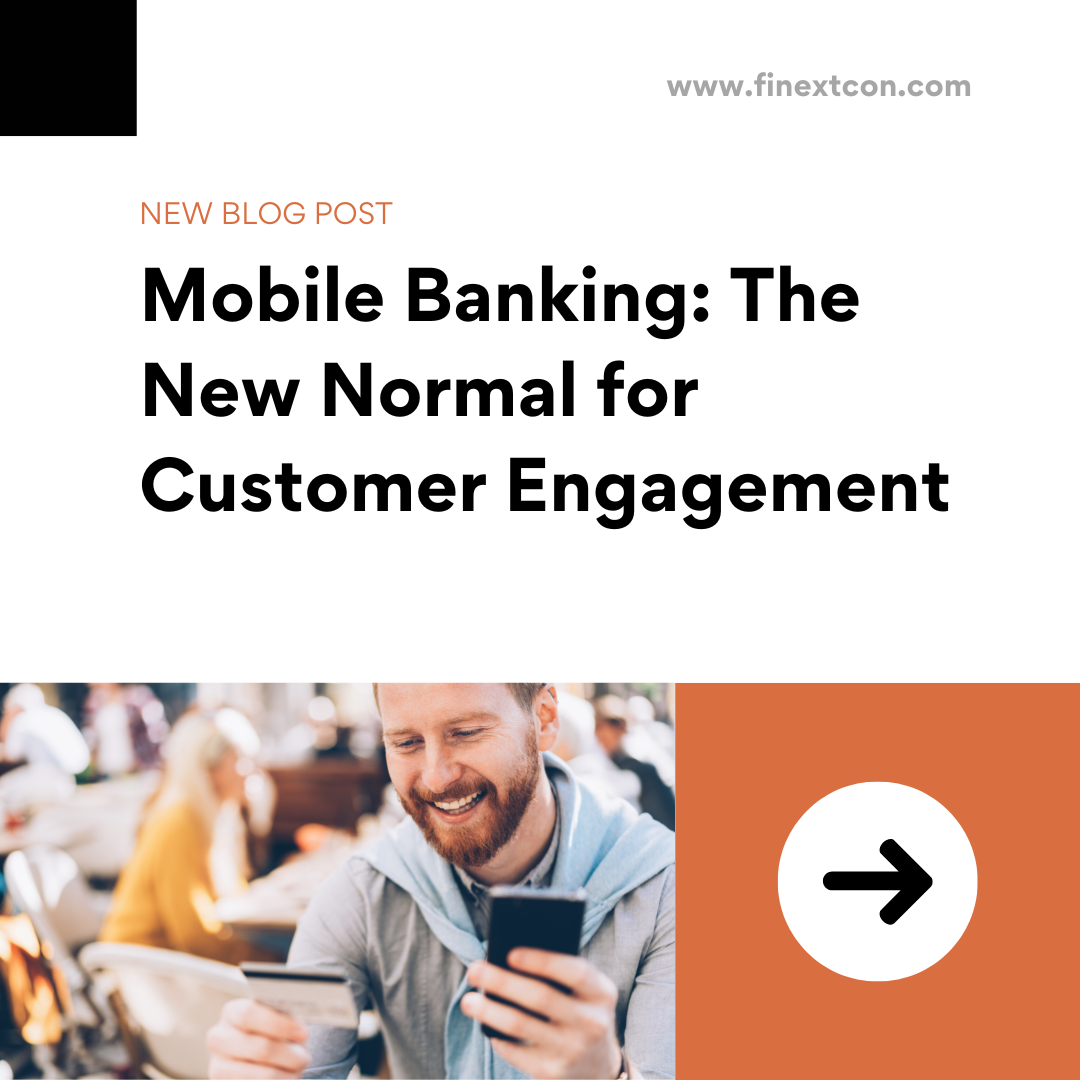In today’s fast-paced world, where convenience and speed are paramount, mobile banking has emerged as a game-changer in the financial sector. With the rise of smartphones and the increasing reliance on digital services, mobile banking has become the new normal for customer engagement. This blog explores the transformative impact of mobile banking, its benefits, and how it is reshaping the relationship between banks and their customers.
The Evolution of Mobile Banking
Mobile banking has evolved rapidly over the past decade. Initially, it started as a simple extension of online banking, offering basic services like checking account balances and transferring funds. However, advancements in technology and the growing expectations of tech-savvy consumers have driven banks to innovate and expand their mobile offerings.
Today, mobile banking apps provide a comprehensive suite of services, including bill payments, loan applications, investment tracking, and even personalized financial advice. These apps have become a one-stop solution for managing finances, making it easier than ever for customers to access and control their money.
Benefits of Mobile Banking
1. Convenience
One of the most significant advantages of mobile banking is the convenience it offers. Customers can perform a wide range of banking activities from the comfort of their homes or on the go. Whether it’s transferring money, paying bills, or checking account balances, everything is just a few taps away. This level of accessibility saves time and eliminates the need for physical visits to the bank.
2. Real-Time Notifications
Mobile banking apps provide real-time notifications, keeping customers informed about their account activities. Whether it’s a transaction alert, a low balance notification, or a reminder to pay a bill, these alerts help customers stay on top of their finances. This instant communication enhances transparency and reduces the risk of fraud.
3. Enhanced Security
Security is a top priority for mobile banking. Banks invest heavily in advanced security measures to protect customer data and transactions. Features like biometric authentication, multi-factor authentication, and encryption ensure that customer information remains secure. Additionally, the ability to instantly freeze a lost or stolen card through the app adds an extra layer of protection.
4. Personalization
Mobile banking apps leverage data analytics to offer personalized experiences to customers. By analyzing spending patterns and financial behavior, banks can provide tailored recommendations and insights. For instance, customers may receive suggestions on saving money, investment opportunities, or customized loan offers. This level of personalization enhances customer satisfaction and loyalty.
5. Financial Inclusion
Mobile banking has played a crucial role in promoting financial inclusion. It has brought banking services to underserved and remote areas, where traditional brick-and-mortar banks may not have a presence. With just a smartphone and internet connectivity, individuals in these regions can access banking services, empowering them to participate in the formal financial system.
Impact on Customer Engagement
Mobile banking has fundamentally changed the way banks engage with their customers. Here are a few key ways in which it has reshaped customer engagement:
1. 24/7 Availability
Unlike traditional banking, which operates within fixed hours, mobile banking is available 24/7. This round-the-clock accessibility allows customers to manage their finances at their convenience, enhancing their overall banking experience.
2. Seamless Customer Support
Mobile banking apps often come with integrated customer support features, such as chatbots and live chat options. These tools provide instant assistance and resolve queries promptly. The availability of quick support options improves customer satisfaction and builds trust in the bank’s services.
3. Digital Ecosystem
Banks are increasingly integrating their mobile apps with other digital services, creating a seamless ecosystem for customers. For example, customers can link their banking app with budgeting apps, payment wallets, and investment platforms. This interconnected ecosystem simplifies financial management and provides a holistic view of one’s finances.
4. Proactive Engagement
Mobile banking allows banks to engage proactively with their customers. By analyzing transaction data and behavior, banks can send personalized offers, reminders, and financial tips. This proactive approach not only enhances customer engagement but also helps customers make informed financial decisions.
The Future of Mobile Banking
The future of mobile banking looks promising, with continuous advancements in technology and evolving customer expectations. Here are a few trends to watch for:
1. Artificial Intelligence (AI) and Machine Learning (ML)
AI and ML will play a significant role in enhancing mobile banking experiences. These technologies will enable more accurate predictions, personalized recommendations, and advanced fraud detection, making banking more efficient and secure.
2. Voice Banking
Voice recognition technology is gaining traction, allowing customers to perform banking activities using voice commands. Voice banking offers a hands-free and intuitive way to interact with banking services, further enhancing convenience.
3. Blockchain and Cryptocurrencies
Blockchain technology and cryptocurrencies are poised to impact mobile banking. Blockchain can enhance security and transparency, while cryptocurrencies offer new payment and investment options. Banks will need to adapt to these emerging trends to stay relevant.
Conclusion
Mobile banking has revolutionized customer engagement in the financial sector. Its convenience, real-time capabilities, enhanced security, and personalization have made it the preferred choice for managing finances. As technology continues to evolve, mobile banking will undoubtedly play a central role in shaping the future of banking, offering customers innovative and seamless experiences. Embracing this new normal is not just a necessity for banks but a strategic move to stay competitive in a rapidly changing landscape.
